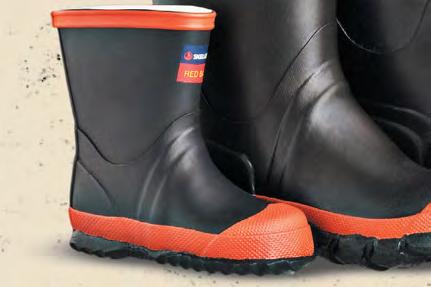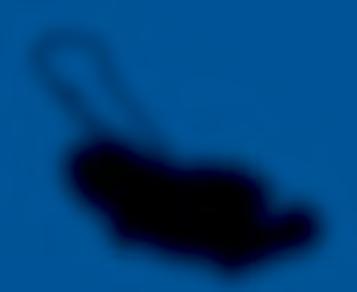
2 minute read
EVERY KIWI NEEDS A PAIR
Skellerup Red Band gumboots are hand crafted using durable natural rubber. For over 65 years we’ve been producing Red Bands – they are truly tried and tested. There’s a Red Band for all of the family – available in Junior, Children, Women/Youth and Mens sizing.







Cultivate chameleons
Once you’ve set the scene, it’s time to introduce plants that will dial up the colour in the winter months. Plantsman Alan Trott, who created a Garden of International Significance in Ashburton that is renowned for its rare and beautiful trees, recommends the coral bark Japanese maple ‘Sango-Kaku’ Acer palmatum as a wonderful winter option. Once it drops its yellow leaves in autumn, the red bark is left exposed and provides outstanding colour. Or brighten up your backyard with the papery white bark of silver birches (Betula pendula).
At ground level, Alan introduces colour with heucheras. Not only do these perennial groundcovers provide year-round interest, they come in vibrant hues, running from zingy lime to dense burgundy tones. “I only grow them for their foliage and cut all the flowers off them,” he says.

To add colour, Trish favours variegated plants. “You can tuck them in dull shady spots in the garden and they give you good depth of colour,” she says. For those with frost-free or sheltered gardens, she recommends Iresine herbstii, also known as bloodleaf: “It’s a lovely, bright, pink-leafed plant that really leaps out at you.”
Living sculpture
Another way to add depth to your garden is with topiary or cloud- pruned trees. Trish recommends fern pine (Podocarpus gracilior) –related to our native totara – as a particularly good tree for shaping.

If you’ve never shaped a plant before, start with a simple form, such as a cone or ball. Need a little help? There are plenty of video demonstrations online.
Topiary is ideal for pots, too, says Alan. “Plant them in pots and underplant them with pansies or polyanthus.” As well as traditional buxus, Alan suggests using boxleaf honeysuckle (Lonicera nitida) and silver germander (Teucrium fruticans).


Cool-season f lower power
One of the stars of the winter garden is the camellia. These attractive shrubs produce flowers in white, pink, red and even yellow. Their glossy evergreen leaves make them ideal for clipping into hedges and they look even prettier when they flower between autumn and spring. Varieties with open yellow stamens, such as the white-flowering Setsugekka, provide nectar for birds and bees.

Don’t overlook the beauty of buds either. Magnolias, which flower in late winter, slowly unzip their fuzzy greygreen buds to reveal gorgeous pink, white or yellow blooms. Michelias also have winter bud appeal. “Michelia ‘Fairy White’ and other michelia varieties are lovely in winter as they start to form russet buds that open up in early spring,” says Trish Bartleet. Winter roses, aka hellebores, also put on a show. These charming perennials come in a wide range of colours, from ruby red to antique pink and lime green, and many have charming speckles and smudges on their petals. Alan Trott favours vibrant ‘Anna’s Red’ and also ‘Tutu’, which comes in pink and white.

Scent stars
Gardens should engage all the senses, none more than smell. The spicy-sweet fragrance of daphne is a winter treat, and just a few stems in a vase will fill a room with a lovely aroma. ‘Perfume Princess’ is a firm favourite with gardeners and is available in pink or white. But keep in mind that this small evergreen shrub can’t abide wet, heavy soils. In late winter the first freesias will start blooming, filling the air with their fresh citrus scent and garden beds with their delicate blooms. And before you know it, spring will have arrived.




















